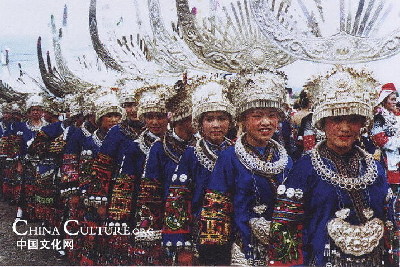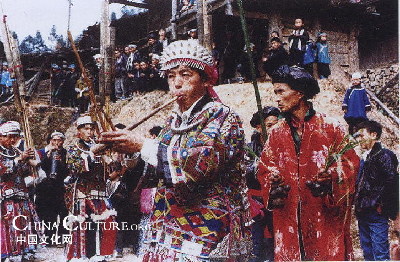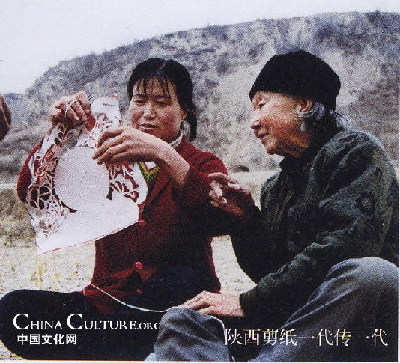Balancing the cultural heritage and the development of economy
How to balance the protection of cultural heritage and the development of the economy is a problem faced by farmers in the west of China.
|
 |
Western China is a multinational region with diverse cultures, which were formed according to the different natural and cultural environment of different nationalities.
Nearly eighty or ninety percent of young people of the western rural areas are working in cities and those that are left are mostly elderly or children. As such the cultural heritage is hard to protect and pass down between the generations.
Taken from the side of the natural environment, the northwestern area faces severe problems: the disappearance of vegetation, the aggravation of soil erosion, the desertification of land, decrease of water and ice reserves and disappearance of oases. Further, more and more folk customs are being eroded today since most of them are thought to be superstitious, however, these so-called superstitious folk customs play an important role in protecting forests, lakes and rivers and even wild animals. Many folk cultures are actually a combination of human’s experiences with nature and the wisdom of ancestors.
|
 |
As for the cultural environment, the agricultural civilization accompanied by the traditional and handmade technical pattern is being replaced by industrial civilization combined with electric and mechanical technical modes where a lot of western rural areas have built roads and set up electrical wares. With the visitors and TV sets flooding into villages, the traditional cultural symbols are swiftly being converted into modern ones. With changing values, the modern culture is held to be developed and preferable while the traditional local culture symbolizes lag, poor and rustic, so farmers often lose confidence and enthusiasm to pass down and preserve their own culture.
Nevertheless while the traditional culture is rapidly fading away in many areas, on the other hand a number of traditional cultures are being revived as well.
This revival can be divided into two phases. The first is from the 1980s to the mid 1990s, after the implementation of the opening-up policy, the Chinese government loosened civilian beliefs and the folk traditional cultural activities were revived and developed in villages. In fact, most of the civilian cultural customs are related to people’s production and life, which are fit for the development of culture and economy.
And the second phase was the revival in the rich areas after entering the 21st century. The peasant-workers renovated their ancestral temples and reedited their family genealogical records with the money that they’d earned in the cities, which offered a substantial base for the revival of civilian culture. At the same time, the traditional cultural life is also helpful in relieving the fast tempo of modern life.
|
 |
The revival and development of folk culture has also been boosted by the forces from the government and the civilian people.
Besides the government, the cultural industry and tourism are also very important. Firstly, since the demand of traditional handicrafts increased as they entered the market, as a result the traditional household production often finds it hard to meet demand; thus, hiring more labor to expand production becomes necessary, which partly affects the ways of passing down ancient techniques.
Affected by the exoticism of culture, the culture of minority nationalities begins to turn into an art appreciated by tourists. To cater for tourists’ need the local people turn their folk customs into grand performances, often breaking traditional cultural rules.
Without right guidance, some rural regions may overdevelop their traditional culture; as a result, some cultural heritages is greatly damaged






















